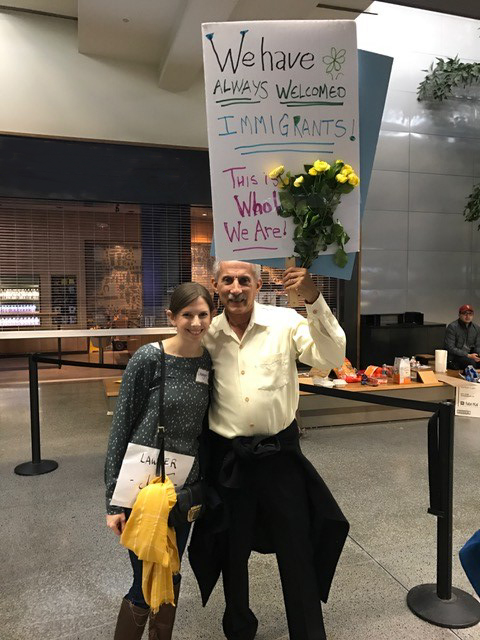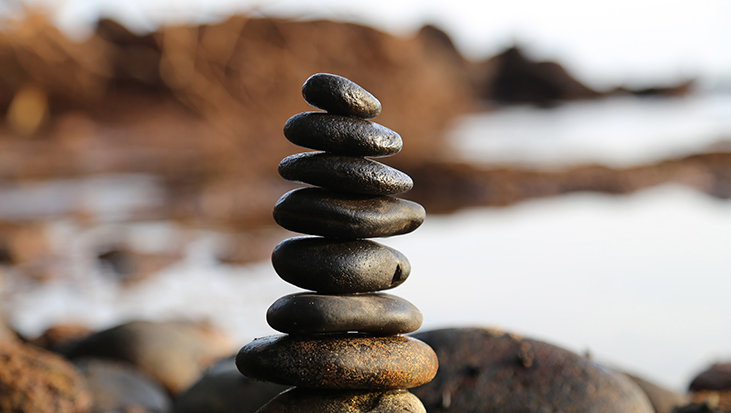One of the deepest and most demanding aspects of Buddhist psychology is the experience of non-self. Ajahn Chah said, “You have to consider and contemplate this slowly, you can’t just think about this or your head will explode.” It turns out that it is not just our roles and self-images that are tentative, without solidity. Our very sense of self is at its base untrue, only a concept. Buddhist psychology calls this selflessness or no-self. Ordinarily we identify with our habitual ways of acting, perceiving, thinking. Our body, thoughts, feelings, and personality all seem to be us, ours. And yet, upon examination, all these are also tentative, subject to change.We might be sick one year and healthy the next. We might be anxious and depressed at one stage of our life and confident at another. Even though we are reclusive for years, we might change to become more social, but we continue to think of ourself as a shy person. We take each identity to be who we are, but in truth we are not fixed in this way or that.
An older man, a lifetime smoker, was hospitalized with emphysema after a series of small strokes. Sitting beside his bed, his daughter urged him, as she had often done, to give up smoking. He refused and asked her to buy him some more cigarettes. He told her, “I’m a smoker this life, and that’s how it is.” But several days later he had another small stroke, apparently in one of the memory areas of the brain. Then without a concern, he stopped smoking for good. But this was not because he decided to. He simply woke up one morning and forgot that he was a smoker.
We do not have to wait for a stroke to learn to let go of our identification with body and mind. We can train ourselves to release clinging to the body. Otherwise, as our body changes weight, gets sick or ages, we will suffer. We must care for our body, but if we grasp an image of it, it will be a problem for us.
One of Ajahn Chah’s favorite ways of teaching this truth was to get his students to question their social identities. Sometimes he would start by simply exaggerating our roles, introducing us like stock characters in a play: “That monk is my full professor, our resident intellectual over there. He has two graduate degrees, thinks all the time. I don’t know how it all fits in his head. And this monk we call ‘Sleepy’—he sleeps all the time, even when he sits up. And that one, he’s a tough guy. He loves to fight, he’s in conflict with everything. And this is our depressed monk, never smiles. The world’s really heavy and he carries it about in his monk’s bag. And me, I’m the teacher. That’s a good one.” Then Ajahn Chah would laugh with a great sense of freedom and say, “It’s simple—be the knower, not the owner.” When the thinking mind is quiet and the attention careful, all of a sudden we “get it.” We take a step and realize that no one took it—there are just the sensations of body movement along with sights, perception, impulses. Thoughts and opinions arise but they think themselves and disappear, “like bubbles on the Ganges,” says the Buddha. When we do not cling to them, they lose their hold on us. In the light of awareness, the constructed self of our identification relaxes. And what is seen is just the process of life, not self nor other, but life unfolding as part of the whole.
It is critical to note here that selflessness does not deny or reject our experience in any way.We don’t get rid of anything. The experiences are the same. All that’s changed is that we have stopped identifying with them, stopped calling them “me” or “mine.” Some people feel as though a huge weight has lifted—they sob with compassion for themselves, realizing the illusory burden they’ve been carrying. More often we simply relax and discover a natural ease as we let go of the limited sense of self.






